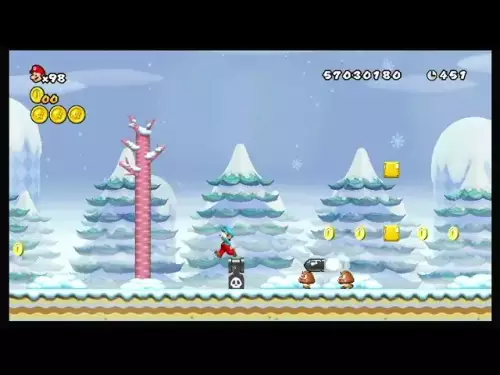-
 Bitcoin
Bitcoin $111200
0.03% -
 Ethereum
Ethereum $4321
0.45% -
 Tether USDt
Tether USDt $0.9999
-0.02% -
 XRP
XRP $2.824
0.89% -
 BNB
BNB $856.7
1.36% -
 Solana
Solana $204.4
0.79% -
 USDC
USDC $0.9998
0.00% -
 Dogecoin
Dogecoin $0.2178
2.21% -
 TRON
TRON $0.3317
-1.04% -
 Cardano
Cardano $0.8334
2.36% -
 Hyperliquid
Hyperliquid $47.48
5.04% -
 Chainlink
Chainlink $22.43
0.45% -
 Ethena USDe
Ethena USDe $1.001
0.01% -
 Bitcoin Cash
Bitcoin Cash $615.9
4.10% -
 Sui
Sui $3.404
2.84% -
 Stellar
Stellar $0.3610
1.92% -
 Avalanche
Avalanche $24.44
1.03% -
 Hedera
Hedera $0.2185
1.99% -
 Cronos
Cronos $0.2710
2.40% -
 UNUS SED LEO
UNUS SED LEO $9.567
0.12% -
 Litecoin
Litecoin $112.4
1.13% -
 Toncoin
Toncoin $3.084
-0.52% -
 Shiba Inu
Shiba Inu $0.00001239
2.12% -
 Polkadot
Polkadot $3.881
2.85% -
 Uniswap
Uniswap $9.394
0.47% -
 Dai
Dai $0.9997
-0.02% -
 Ethena
Ethena $0.7621
16.86% -
 Monero
Monero $269.5
0.69% -
 Aave
Aave $302.2
-1.65% -
 World Liberty Financial
World Liberty Financial $0.1825
-0.64%
How to set a take profit order on Binance?
A take profit order on Binance automatically sells (or buys) an asset when the price hits a preset level, helping traders lock in profits without constant monitoring.
Sep 06, 2025 at 09:00 am
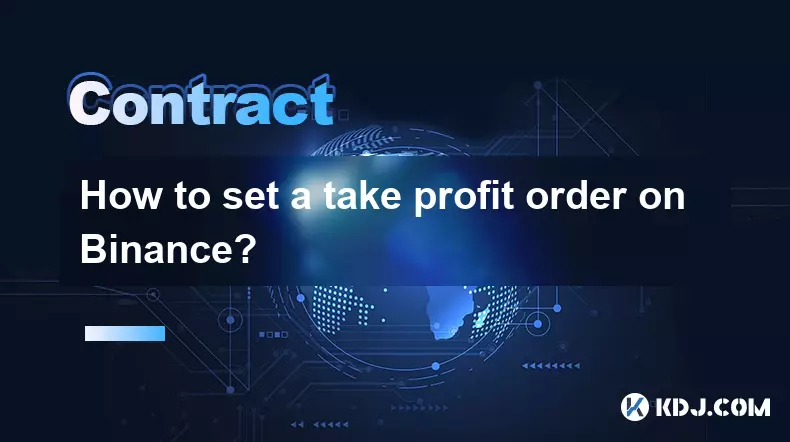
Understanding Take Profit Orders on Binance
1. A take profit order on Binance is a conditional trade instruction that automatically executes a sell (or buy, in short positions) when the price reaches a predetermined level. This feature allows traders to lock in profits without needing to monitor the market constantly. It is especially useful in the volatile cryptocurrency markets where price swings can occur rapidly.
2. These orders are part of Binance’s advanced trading tools, available on both the spot and futures trading interfaces. Traders can set a take profit trigger price, and once that price is hit, the order is executed based on the conditions specified. This helps in maintaining discipline in trading strategies and prevents emotional decision-making.
3. Take profit orders work in tandem with stop-loss orders, forming a risk management duo. While stop-loss limits potential losses, take profit secures gains. On Binance, these can be set simultaneously when placing a new order or added later in open positions, depending on the trading pair and account type.
4. The platform supports various order types, including limit and market orders, for take profit execution. A limit take profit order will only fill at the specified price or better, while a market take profit order executes immediately at the best available price once triggered. Each has trade-offs between price certainty and execution speed.
5. It's important to note that take profit orders are not guaranteed to execute exactly at the set price, especially in fast-moving markets. Slippage may occur due to low liquidity or sudden volatility, which could affect the final execution price. Setting realistic and well-researched price targets helps mitigate this risk.
Steps to Set a Take Profit Order on Binance
1. Log in to your Binance account and navigate to the trading page for the cryptocurrency pair you wish to trade, such as BTC/USDT. Ensure you are on the correct trading interface—spot, margin, or futures—depending on your position type.
2. Switch to the “Advanced” or “More” order options section, usually located below the main order entry panel. This reveals additional order types, including stop-limit, stop-market, and take profit settings.
3. Select the “Take Profit” option. You will be prompted to enter the trigger price—the price at which the take profit order becomes active—and the execution price or type (limit or market).
4. Enter the desired quantity or percentage of your holding you want to sell when the take profit is triggered. For futures traders, this can also include leverage and position size adjustments.
5. Review all parameters carefully, including fees, estimated execution price, and any associated risks. Once confirmed, click “Place Order” to activate the take profit instruction. The order will now appear in your “Open Orders” or “Conditional Orders” tab.
Managing and Adjusting Take Profit Orders
1. After placing a take profit order, it can be monitored in the “Orders” section of the trading interface. Open conditional orders are listed there, showing the trigger price, status, and associated position.
2. Traders can modify or cancel a take profit order before it is triggered. To do so, locate the order in the open orders list and select the edit or cancel option. This flexibility allows for strategy adjustments based on changing market conditions.
3. In futures trading, Binance allows trailing take profit functionality in certain modes, where the trigger price adjusts dynamically with favorable price movements. This helps capture more profit during strong trends while still protecting gains.
4. Multiple take profit levels can be set for a single position, enabling partial profit-taking at different price points. This technique, known as scaling out, is popular among experienced traders aiming to maximize returns while reducing exposure gradually.
5. Always double-check the order settings before confirmation, as incorrect inputs can lead to unintended executions or missed opportunities.
Frequently Asked Questions
Can I set a take profit order without a stop-loss on Binance?Yes, Binance allows users to set a take profit order independently of a stop-loss. While many traders use both together for comprehensive risk control, it is not mandatory to set a stop-loss when placing a take profit.
Does Binance charge fees for take profit orders?Binance does not charge extra fees specifically for setting a take profit order. However, once the order executes, standard trading fees apply based on your fee tier, order type (maker or taker), and whether you're using spot or futures.
What happens if the market gaps past my take profit price?If the price moves rapidly and skips over your take profit trigger, the order may execute at a less favorable price, especially if it's a market order. Limit take profit orders might not fill at all if the price doesn’t return to the specified level.
Are take profit orders available for all trading pairs on Binance?Most major spot and futures pairs support take profit orders, but availability may vary for newly listed or low-volume assets. Check the order options on the specific trading pair to confirm functionality.
Disclaimer:info@kdj.com
The information provided is not trading advice. kdj.com does not assume any responsibility for any investments made based on the information provided in this article. Cryptocurrencies are highly volatile and it is highly recommended that you invest with caution after thorough research!
If you believe that the content used on this website infringes your copyright, please contact us immediately (info@kdj.com) and we will delete it promptly.
- Cryptos, Future, Investment: Spotting the Next Big Thing in the Wild World of Digital Assets
- 2025-09-06 08:45:13
- Arctic Pablo, Trump Coin & Crypto Mania: What's the Deal?
- 2025-09-06 09:05:13
- BullZilla ($BZIL): Riding the Meme Coin Wave with Presale Price Potential
- 2025-09-06 06:45:14
- Bitcoin Whale Awakens: $10 Billion Ethereum Shift?
- 2025-09-06 06:25:11
- Cardano, Pi Network, and Presale Altcoins: What's the Buzz?
- 2025-09-06 04:45:15
- Bitcoin Hashrate, Price, and ATH: Navigating the Crypto Landscape
- 2025-09-06 04:30:12
Related knowledge

What to do if you are about to be liquidated?
Sep 06,2025 at 01:00am
Understanding Liquidation in the Crypto Market1. Liquidation occurs when a trader’s margin balance falls below the required maintenance margin, forcin...
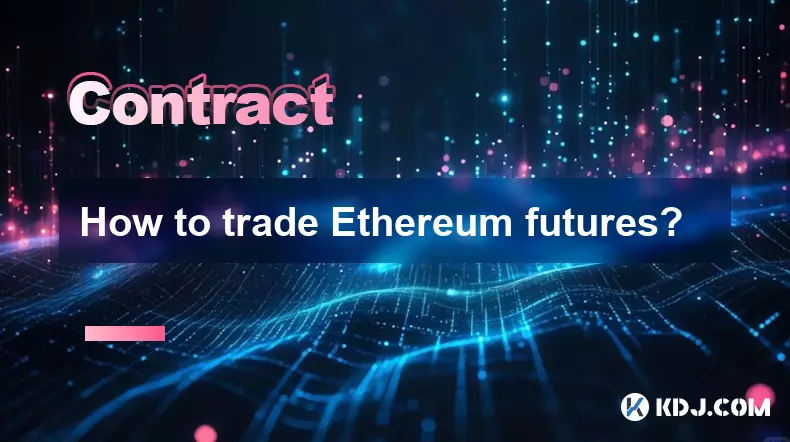
How to trade Ethereum futures?
Sep 05,2025 at 03:54pm
Understanding Ethereum Futures Basics1. Ethereum futures are financial derivatives that allow traders to speculate on the future price of ETH without ...
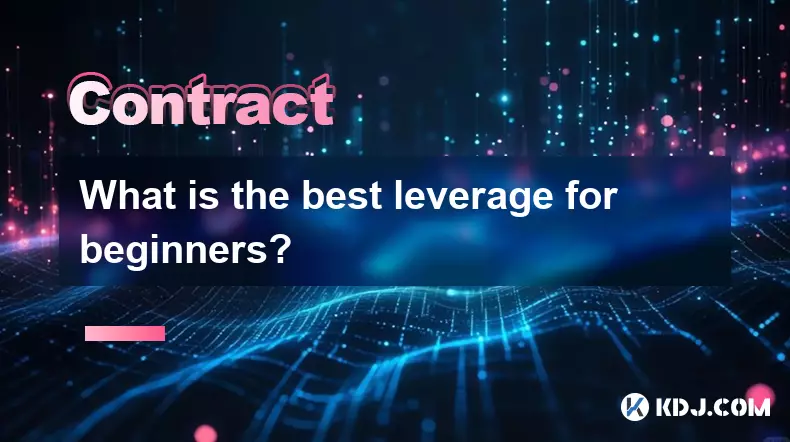
What is the best leverage for beginners?
Sep 06,2025 at 02:37am
Understanding Leverage in Cryptocurrency Trading1. Leverage allows traders to borrow funds to increase their position size beyond their available capi...
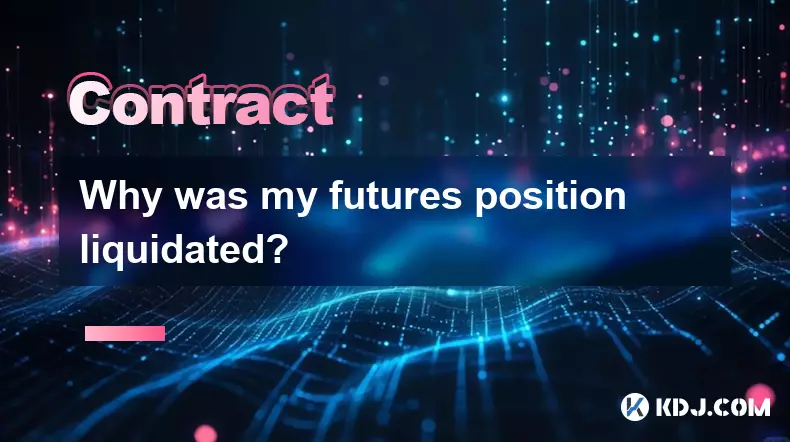
Why was my futures position liquidated?
Sep 06,2025 at 12:18am
Decentralized Exchanges and Their Impact on Crypto Trading1. Decentralized exchanges (DEXs) have reshaped the way users interact with digital assets b...
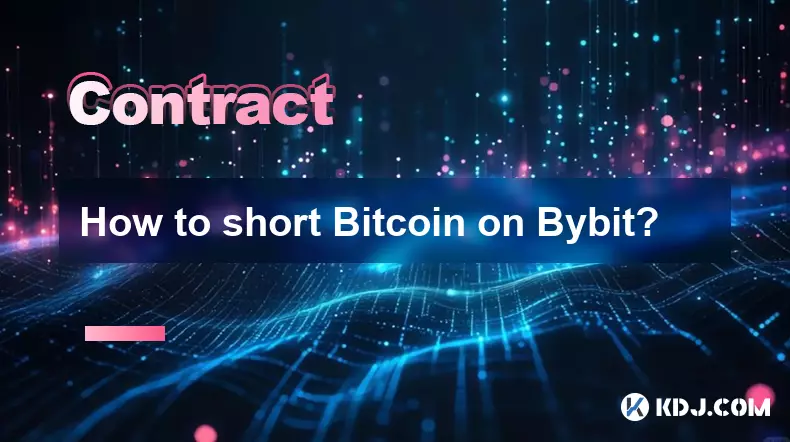
How to short Bitcoin on Bybit?
Sep 06,2025 at 04:36am
Understanding Short Selling on Bybit1. Short selling Bitcoin on Bybit allows traders to profit from price declines. This strategy involves borrowing B...
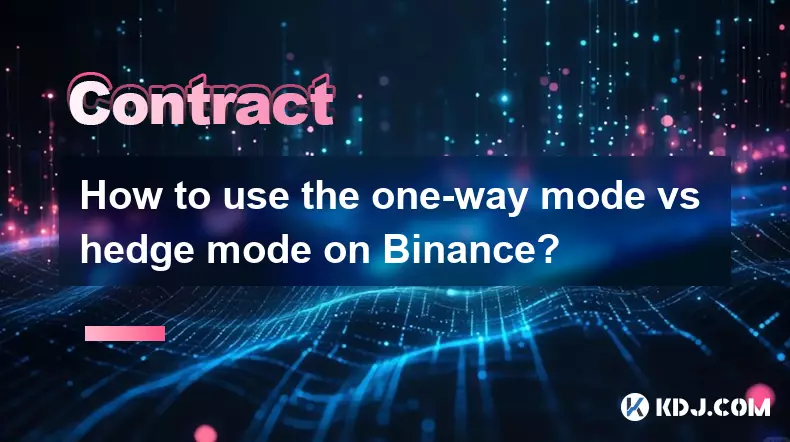
How to use the one-way mode vs hedge mode on Binance?
Sep 06,2025 at 07:54am
Understanding One-Way Mode on Binance1. One-way mode functions as a linear trading system where each position is independent and directional. Traders ...

What to do if you are about to be liquidated?
Sep 06,2025 at 01:00am
Understanding Liquidation in the Crypto Market1. Liquidation occurs when a trader’s margin balance falls below the required maintenance margin, forcin...

How to trade Ethereum futures?
Sep 05,2025 at 03:54pm
Understanding Ethereum Futures Basics1. Ethereum futures are financial derivatives that allow traders to speculate on the future price of ETH without ...

What is the best leverage for beginners?
Sep 06,2025 at 02:37am
Understanding Leverage in Cryptocurrency Trading1. Leverage allows traders to borrow funds to increase their position size beyond their available capi...

Why was my futures position liquidated?
Sep 06,2025 at 12:18am
Decentralized Exchanges and Their Impact on Crypto Trading1. Decentralized exchanges (DEXs) have reshaped the way users interact with digital assets b...

How to short Bitcoin on Bybit?
Sep 06,2025 at 04:36am
Understanding Short Selling on Bybit1. Short selling Bitcoin on Bybit allows traders to profit from price declines. This strategy involves borrowing B...

How to use the one-way mode vs hedge mode on Binance?
Sep 06,2025 at 07:54am
Understanding One-Way Mode on Binance1. One-way mode functions as a linear trading system where each position is independent and directional. Traders ...
See all articles
























